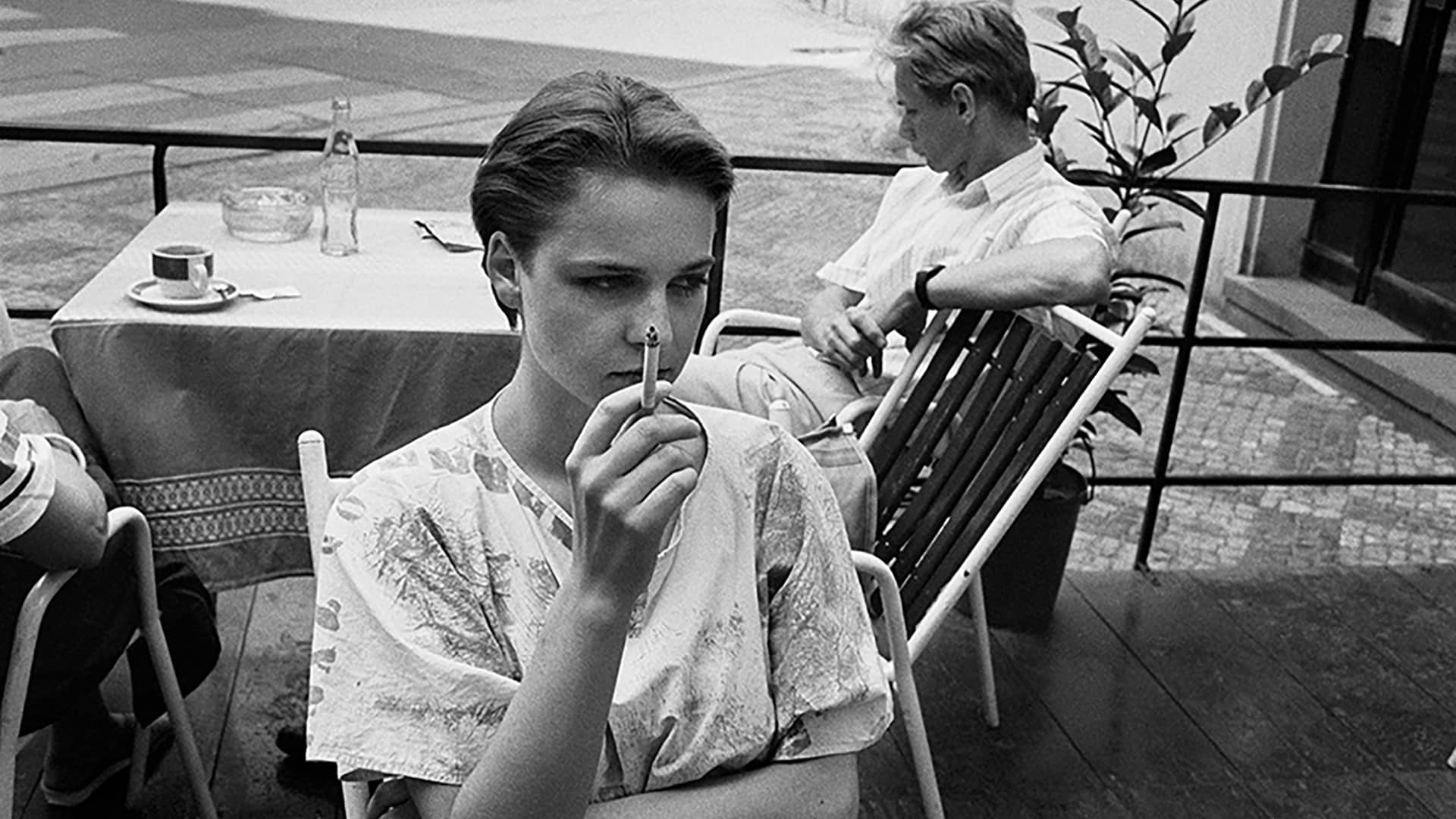This year marks the fiftieth anniversary of the Festival Rencontres d’Arles as well as the thirtieth anniversary of the fall of the Berlin Wall. This provides a good opportunity to discover East German photography. An exhibition at the Festival explores the 1980s through the lens of photographers from the former DDR. The exhibition’s curator, Sonia Voss, granted us an interview.

You’re getting blind.
Don’t miss the best of visual arts. Subscribe for $9 per month or $108 $90 per year.
Already suscribed ?



